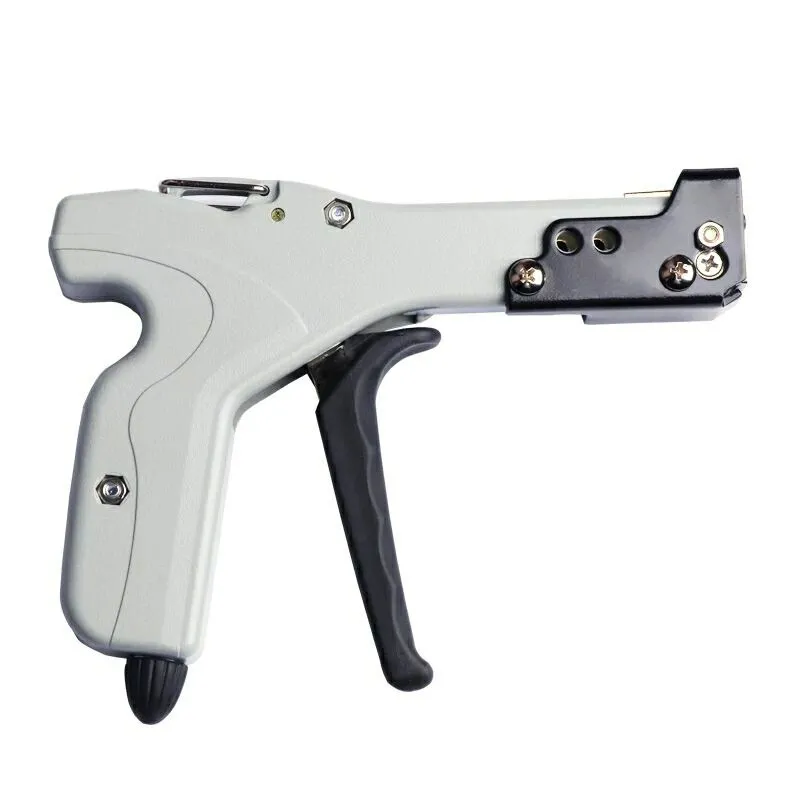Νοέ . 28, 2024 05:46 Back to list
Understanding Y Strainers and ANSI Standards in Industrial Applications
Understanding Y-Strainers and ANSI Standards
In industrial applications, the ability to maintain optimal fluid flow while ensuring system integrity is vital. This need led to the widespread use of strainers, particularly Y-strainers, which play a critical role in preventing debris and foreign particles from entering pipelines and machinery. This article explores the importance of Y-strainers, their design and functionality, and how ANSI standards influence their manufacturing and application.
What is a Y-Strainer?
A Y-strainer is a type of filtration device designed to effectively strain out contaminants from liquids or gases in pipelines. Its unique “Y” shape allows it to easily integrate into piping systems, making it a common choice in various settings, including water treatment, oil and gas, and chemical processing industries. The primary purpose of a Y-strainer is to protect pumps, valves, and other critical components from damage due to foreign particles, thereby ensuring smooth operation and extending equipment life.
Design and Functionality
The Y-strainer typically consists of a body, a straining element (usually a mesh or perforated screen), and a cover. The straining element traps particles as the fluid flows through, while the design allows for easy removal and cleaning of the element. This maintenance feature is crucial, as it enables continuous operation without necessitated downtime for system cleaning.
Y-strainers are available in various materials, including stainless steel, carbon steel, and plastic, depending on the application requirements. The choice of material directly influences the strainer's durability, corrosion resistance, and compatibility with the fluid being filtered. Additionally, Y-strainers are available in different sizes and pressure ratings to accommodate various flow rates and system demands.
ANSI Standards and Their Importance
y strainer ansi

The American National Standards Institute (ANSI) sets the guidelines for equipment and materials used in various industries, ensuring that they meet specific criteria for safety, quality, and interoperability. For Y-strainers, ANSI standards play a pivotal role in defining the design specifications and performance requirements.
One of the key ANSI standards relevant to Y-strainers is ANSI/ASME B16.34, which outlines the standards for valves, flanges, and fittings in piping applications. Adherence to this standard ensures that the Y-strainers can handle the necessary pressure ratings and temperature ranges, providing reliable performance across different operating conditions.
Additionally, ANSI/ISA 12.12.01 provides essential guidelines for the design of electric, electronic, and programmable safety controllers, which are often integrated into modern Y-strainer systems. By following such standards, manufacturers can ensure that their Y-strainers are not only effective in filtration but also safe and reliable in potentially hazardous environments.
Applications of Y-Strainers
Y-strainers are utilized across a variety of industries for numerous applications. In water treatment facilities, they prevent debris from entering pumps and other equipment, maintaining water quality and system reliability. In the oil and gas sector, Y-strainers are critical in safeguarding machinery from abrasive particles, ensuring efficient extraction and processing.
Moreover, in HVAC systems, Y-strainers help maintain air quality by filtering out contaminants that could affect indoor air quality and system performance. Their versatility extends to food and beverage processing, chemical manufacturing, and more, underscoring their essential role in industrial operations.
Conclusion
The role of Y-strainers in industrial systems cannot be overstated. By effectively filtering out particles and debris, they contribute to the reliability and longevity of the entire system. Compliance with ANSI standards not only enhances the performance and safety of Y-strainers but also ensures that they integrate seamlessly into pipeline systems. As industries continue to evolve, the significance of Y-strainers will only grow, necessitating ongoing innovation and adherence to standards to meet the challenges of modern industrial applications. Investing in quality Y-strainers that comply with ANSI standards is a proactive approach to enhancing operational efficiency and safeguarding equipment.
Share
-
Reliable Wafer Type Butterfly Valves for Every IndustryNewsJul.25,2025
-
Reliable Flow Control Begins with the Right Ball Check ValveNewsJul.25,2025
-
Precision Flow Control Starts with Quality ValvesNewsJul.25,2025
-
Industrial Flow Control ReliabilityNewsJul.25,2025
-
Engineered for Efficiency Gate Valves That Power Industrial PerformanceNewsJul.25,2025
-
Empowering Infrastructure Through Quality ManufacturingNewsJul.25,2025